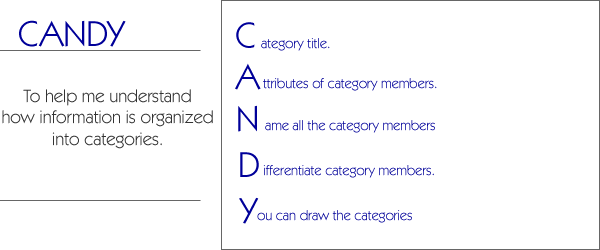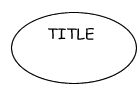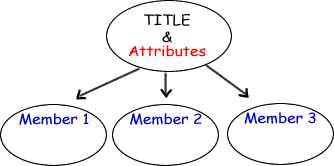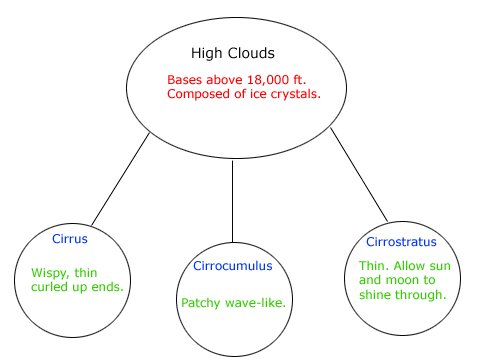|
This strategy is useful when studying abstract school content, especially
science and social studies content where categories are frequently used
(e.g., categories of rocks, clouds, governments). This strategy helps
organize large amounts of complex information and shows the interrelationships
between the information. It shows you why items are placed in categories,
and also how the items in a particular category differ. This strategy
helps you think using a "top-down" approach. You start at the
top with the category and then you go down to think about the specific
members that are in the category. CANDY helps you understand how information
is organized so that you don't have to just memorize it.
|
| |
|
C
ategory title.
- Write the title of the category that you are studying (e.g.,
types of rocks, types of governments).
- For example, in science class, if you are studying different
classifications of clouds, you might have to classify clouds
on the basis of their altitude (e.g., high clouds, middle
clouds, and low clouds). You would write the title of the
first category.
|
|
|
A
ttributes that all members in the category share.
- Ask yourself why the members are grouped
together in the category. "What do all the members in
the category have in common?"
- Write down the factor that all the members
of the category share.
- For example, for the category of High Clouds,
you would write that these are clouds that have bases above
18,000 feet and are composed of ice crystals.
|
 |
N ame
all category members.
- Use self talk and say the different
members that belong in the category.
- Then, write down all the members of
the category. For example, for the category of High Clouds,
you would write:
- Cirrus
- Cirrocumulus
- Cirrostratus
|
|
D
ifferentiate the category members.
- Ask yourself how each of the members in the
category differs from each other. "What
is different about this member from the other members in the
category?"
- Write a description of each category showing
what is common to all members in the category and what is unique
about each member.
- For example, for the category members
of High Clouds, you would write:
- Cirrus - high clouds that have wispy,
thin, curled-up ends.
- Cirrocumulus - high clouds that are
patchy or wavelike.
- Cirrostratus - high clouds that are
thin allowing the sun and moon to shine through.
|
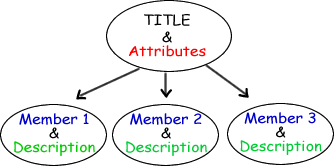 |
Y
ou can draw the categories.
- Make a graphic representation of the category
title and members that belong in the category. Put the title
in a circle in the middle and write the attribute that is
common to all members of the category. Then draw smaller circles
with the names of the category members and write what is special
about them.
- Use the graphic representation to help you
study. Try not to memorize, but instead try to see the interrelationship
of the members in the category.
|
|

